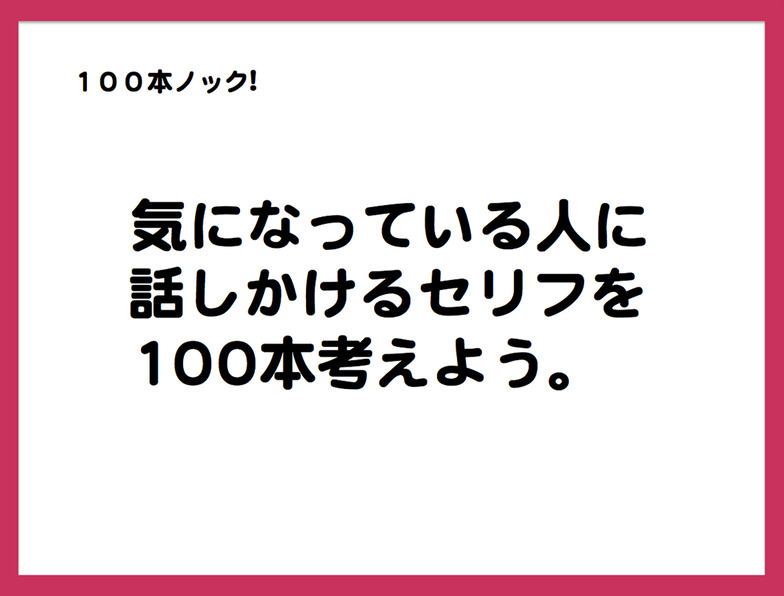Since its establishment on October 15, 2015, DENTSU SOKEN INC. Active Learning "How About This?" Research Lab has conducted unique collaborative and practical lessons with teachers at various schools.
Rather than unilaterally providing lesson content, they collaborated with the teachers—the education professionals—to explore the best way for each school and class to become most "active." Each time, highly original methods and dramatic moments emerged.
Following the previous session, this time we return to a class at Osaka Prefectural Kanaoka High School. Here is our report.
Just like Part 1, we'll jump right into the problem!
Just like we did with the high school students, we'll ask Web Dentsu Inc. readers to think about the same problem. This time, the time limit is 45 minutes. So, ENJOY!
Dentsu Inc. Kanaoka High School Branch? New Employee Training Days 3-6
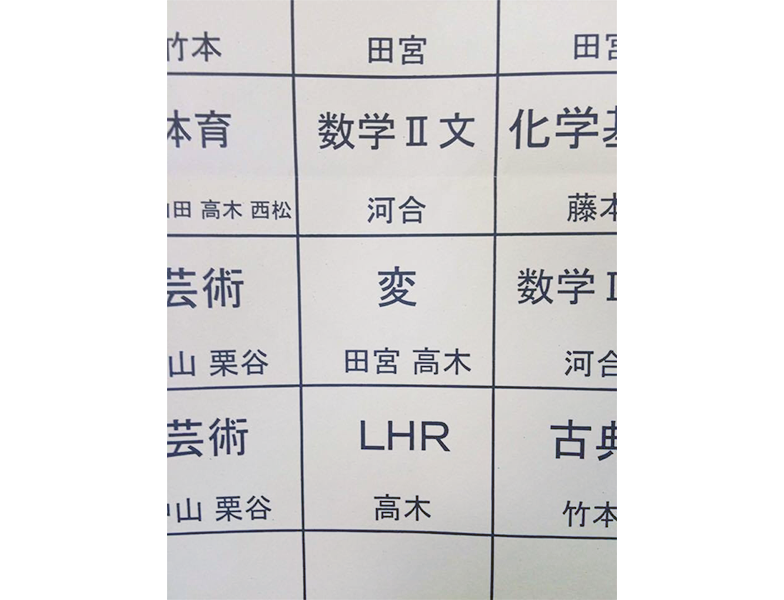
  nbsp; Kanaoka High School's schedule includes periods for Math, English, and "Variable."
Thursday at Osaka Prefectural Kanaoka High School. Fifth period is "Explore Q: The Weird Class." It's a class where you work as an employee of "Advertising Agency Dentsu Inc. Kanaoka High School Branch?"
Since diving straight into real-world work like a company is too challenging, the first semester's six sessions—all nine periods—are new employee training.
Since it's called a "strange class," it must be an interesting class and training. And it must create change in the students' minds and hearts.
First and foremost, the "questions" posed are fundamentally different from typical school problems or common corporate outreach lectures. That's Point 1. Stereotypes just don't get your brain active.
Here's an example of a class conducted after the "Unconventional Orientation Ceremony" and the "Create Your One-of-a-Kind Business Card" session introduced previously.
① If you were a takoyaki shop. (Held June 9, 2016)
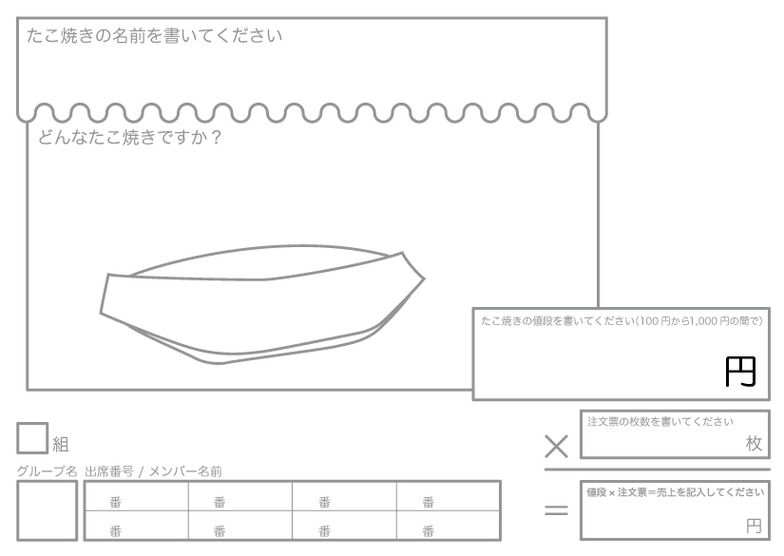
Takoyaki Lesson Sheet
You set up a takoyaki stand with friends at a festival. But then, surprise—every stand around you is also selling takoyaki! So, think about what kind of takoyaki your stand will offer.
②Create a box people will want to open. (Implemented June 16, 2016)

Lesson on Boxes You Want to Open
Bring something precious to you from home. Then, sneak it into the white box prepared for class and make it so that anyone who sees it just has to open it!
③ Try being a judge for a global advertising award. (Held June 23, 2016)
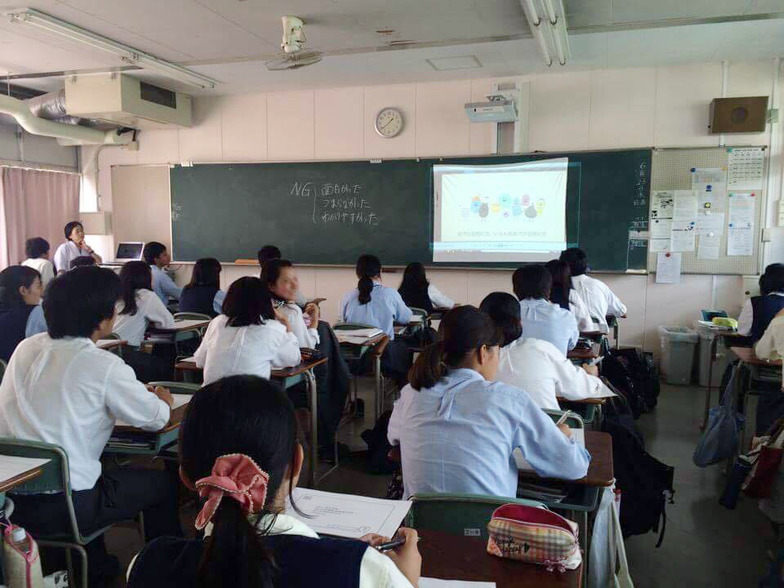
Scene from judging a global advertising award
Watch five international commercials submitted to a global advertising award and decide on the class grand prize winner.
④ 100-Line Dialogue Challenge (Held July 14, 2016)
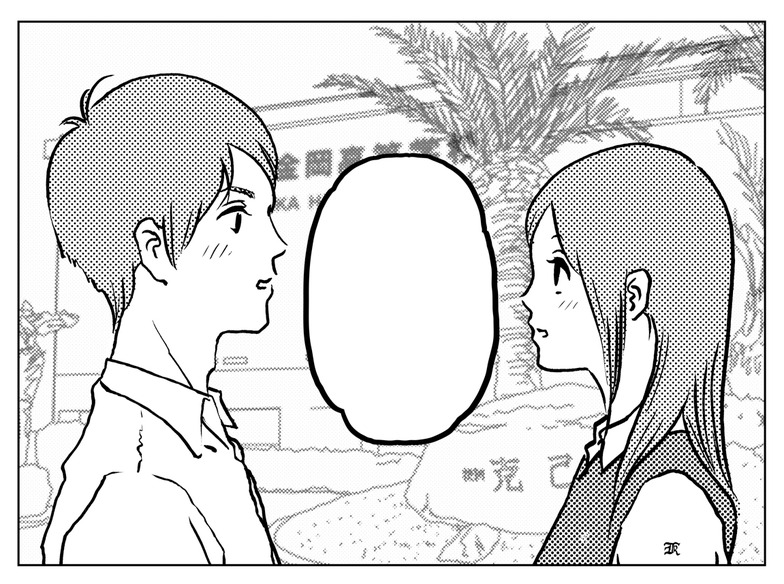
Blank Sheet for 100-Line Dialogue Drill
Write 100 lines of dialogue to approach someone you're interested in within 45 minutes.
Lesson Intent: No Spoilers
And here's the second key point of this unconventional lesson: "Don't reveal the purpose beforehand." Don't announce things like, "Alright, we're going to do math now," or "This is a marketing class."
Instead, suddenly pop (or rather, boom!) an intriguing problem. After they've thought, output, or experienced it, reveal the lesson's purpose at the very end. That's the second weird point that sets it apart from ordinary lessons.
So, what do you think the purpose of the four lessons above was? Here's what I revealed (communicated) at the end as "what I wanted you to learn today":
① Takoyaki lesson = Marketing. Differentiation.
② The lesson on boxes you want to open = Communication. Techniques to motivate people.
③ World Advertising Awards Judging Lesson = Criteria. Having a yardstick.
④ 100-Pitch Drill Lesson = Quantity over quality. Methods for generating ideas in bulk.
Should you state the intent beforehand? Or reveal it at the end? Which do you think gets students' minds moving and makes them more active? Of course, there's no single right answer there either.
The connection between strange lessons and life.
Let's return to the initial question of this column. Everyone, did you manage to write 100 ideas in 45 minutes?
This lesson program was primarily developed by copywriter Megumi Tatebayashi. She is one of the program developers for our popular CSR lesson "Advertising Elementary School," and she applied that expertise to this high school program.
At the start of class, the Kanaoka High students all exclaimed, "No way! Impossible!" Yet most of them succeeded. Some even wrote over 200.
How was this possible? Because small steps were prepared.

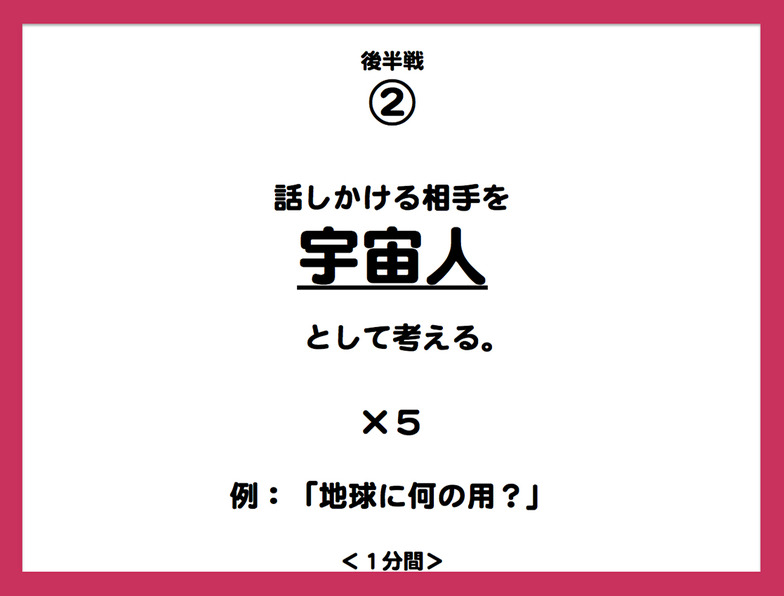
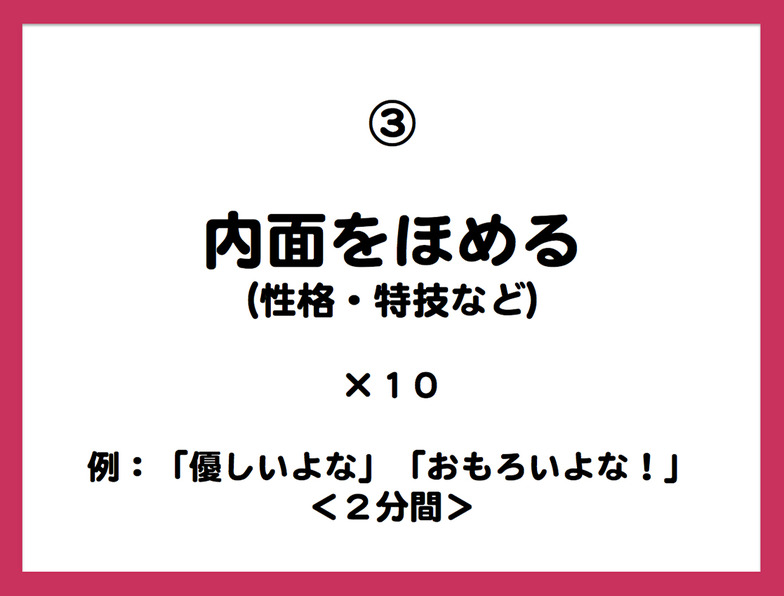
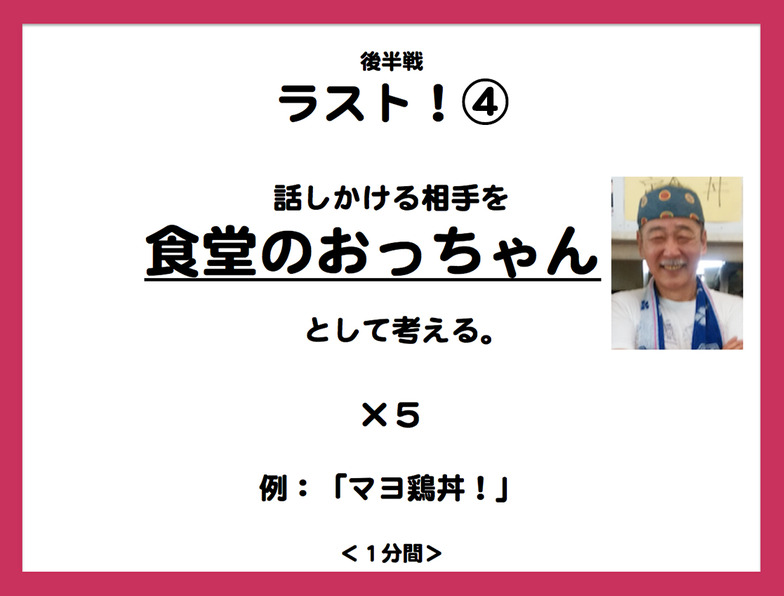
The above is a collection of hints gradually revealed to students during the 100-line challenge. By constantly changing the theme, target audience, and perspective, mass production became possible.
The advice to create these small steps came from our usual opinion leader, Professor Masashi Okuma (famous in the industry as Kuma G), a popular former professor at Gakugei University.
Every time we get to teach at the school, we learn so much. This approach can be applied to employee training, meetings, and workshops too, right?
Well then, following this flow, everyone wrote something. Things like "Want to be a manager?", "Made to write a reflection paper", "It's cold", "What do you like about cucumbers?", "You've got seaweed on you", "Drinking protein?", "Congratulations on your marriage", and so on.
With 362 people writing 100 lines each, this one session created 36,200 lines of dialogue in 45 minutes – a veritable dialogue big bang.
No matter what kind of class you teach, what meaning did that experience hold? While it's important for each student to discover that meaning for themselves, I was reminded again that day how crucial the teacher's guiding words are as a helpful reference.
One teacher's final line was this:
"At the start of this class, everyone said, 'There's no way we can write 100 lines in 45 minutes,' but we did it, right? Don't decide something is impossible from the start. And today, you thought of lots of lines. But when you face big decisions in life—like going to college or job hunting—don't just think of one thing and say, 'This is good enough.' Think a lot."
Hearing that, I felt a deep, lingering emotion.
(I'm writing this right now on the Shinkansen heading to Kanaoka High School, and just writing it brings back the memory and makes me feel that deep emotion all over again.)
That's the mark of a pro. Pros are truly something else.
The following two or three terms, we're entering a phase where we'll use this strange new employee training from the first term to tackle class challenges, school challenges, and societal challenges. I'll have a chance to share more about that somewhere else.
At Kanaoka High School, and the other schools we've had the privilege of working with, teachers are, of course, education professionals. We deliver the original scripts for the lessons from the advertising industry and the business world, and we script them. The teachers are the directors on the stage of the classroom.
In the advertising industry, whether we're creating ads or assisting various businesses, we collaborate with all kinds of professionals.
Collaborating with teachers, the professionals of education, is truly fascinating. Even when given the same lesson plan—the original script—different teachers create entirely different lessons for each class.
Active learning can also be described as teaching without fixed answers. This means there's no single answer for the students, of course, but also no predetermined correct answer for the adults.
The way each professional teacher leads, their ingenuity, and their differences are what make it so fascinating.



